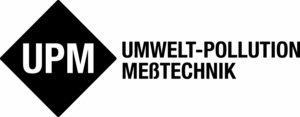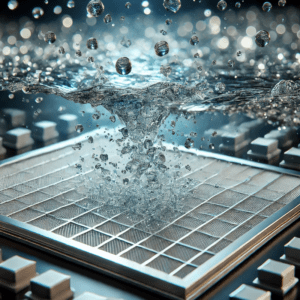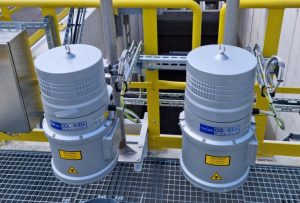In Germany, the Wastewater Ordinance (AbwV) regulates the pollutant limit values for direct dischargers and indirect dischargers in wastewater, which can vary depending on the industrial sector and regional regulations. A distinction is made between direct dischargers and indirect dischargers, which are subject to different legal requirements. These can differ significantly regionally and from industry to industry.
Difference Between Direct Dischargers and Indirect Dischargers:
- Direct Dischargers: Companies or facilities that discharge their wastewater directly into water bodies such as rivers, lakes, or streams. Stricter limit values apply here as there is no downstream treatment in a wastewater treatment plant. A water law permit is required.
- Indirect Dischargers: Businesses that discharge their wastewater into the public sewer system, so it is initially treated in a municipal wastewater treatment plant. Less stringent limit values may apply here, as long as the function of the treatment plant is not impaired.
Note: The mentioned limit values for direct dischargers and indirect dischargers are average values and can vary depending on the federal state, municipality, or specific industry. It is therefore essential to consult with the responsible authorities to find out the exact locally applicable values. The following table serves only as a guideline.
Heavy Metals |
||
|---|---|---|
Pollutant |
Limit Value Measurement Parameter |
Analyzer |
Copper |
Cu measurement via total copper: Direct dischargers: 0.1 mg/l - 1.0 mg/l Indirect dischargers: 0.5 mg/l - 2.0 mg/l |
HMA-TCU |
Chromium |
Cr measurement via total chromium: Direct dischargers: 0.5 mg/l – 2.0 mg/l Indirect dischargers: 1.0 mg/l – 3.0 mg/l |
HMA-TCR |
Chromium VI |
Hexavalent Cr: Direct dischargers: 0.05 mg/l – 0.2 mg/l Indirect dischargers: 0.1 mg/l – 0.5 mg/l |
HMA-CR6 |
Nickel |
Ni measurement via total nickel: Direct dischargers: 0.1 mg/l – 1.0 mg/l Indirect dischargers: 0.5 mg/l – 2.0 mg/l |
HMA-TNI |
Manganese |
Mn measurement via total manganese: Direct dischargers: 0.2 mg/l – 1.0 mg/l Indirect dischargers: 0.5 mg/l – 2.0 mg/l |
HMA-TMN |
Inorganic Pollutants |
||
|---|---|---|
Pollutant |
Limit Value Measurement Parameter |
Analyzer |
Chlorine |
Free Chlorine Cl2: Direct dischargers: 0.1 mg/l – 0.5 mg/l Indirect dischargers: 0.2 mg/l – 1.0 mg/l Total Chlorine: Direct dischargers: 0.2 mg/l – 1.0 mg/l Indirect dischargers: 0.5 mg/l – 2.0 mg/l |
CLF-1610 Free Chlorine Analyzer CWM-160E Free Chlorine Monitor CLF-1600 Total Chlorine |
Fluorine |
F- Measurement: Direct dischargers: 10 mg/l – 50 mg/l Indirect dischargers: 20 mg/l – 100 mg/l | FBM-160 Fluorine Monitor FMS-4 Fluorine Analyzer |
Cyanide |
CN- Measurement: Direct dischargers: 0.1 mg/l – 0.2 mg/l Indirect dischargers: 0.2 mg/l – 0.5 mg/l | CNBM-160 Cyanide Monitor CNMS-4 Cyanide Analyzer |
Ammonium |
NH4+ Measurement: Direct dischargers: 10 mg/l – 25 mg/l Indirect dischargers: 20 mg/l – 50 mg/l |
NHMS-4 |
COD CSB |
||
|---|---|---|
Pollutant |
Limit Value Measurement Parameter |
Analyzer |
Chemical Oxygen Demand |
COD: Direct dischargers: 75 mg/l – 150 mg/l Indirect dischargers: 100 mg/l – 200 mg/l |
CODR-400 |
Conclusion: The limit values for direct dischargers are generally stricter as the wastewater enters water bodies directly. Indirect dischargers benefit from pre-treatment in wastewater treatment plants but still have specific requirements to ensure the function of the treatment plants is not impaired. Companies must ensure that they comply with the applicable limit values to meet environmental regulations. Further details are available in the Wastewater Ordinance (AbwV) at gesetze-im-internet.de.
Sources:







